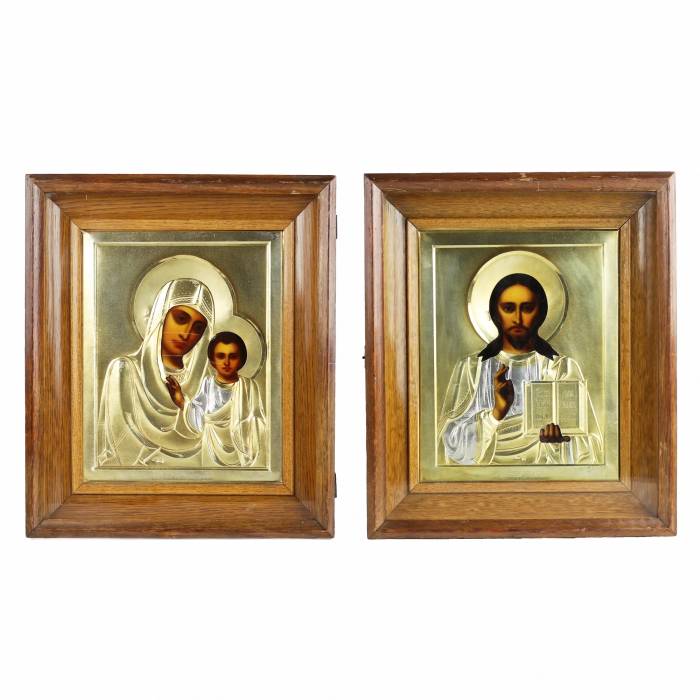
AntiqonART consultant will contact you within one business day after receiving your request.
Thank you for your request!
Our consultant will contact you soon.

AntiqonART consultant will contact you within one business day after receiving your request.

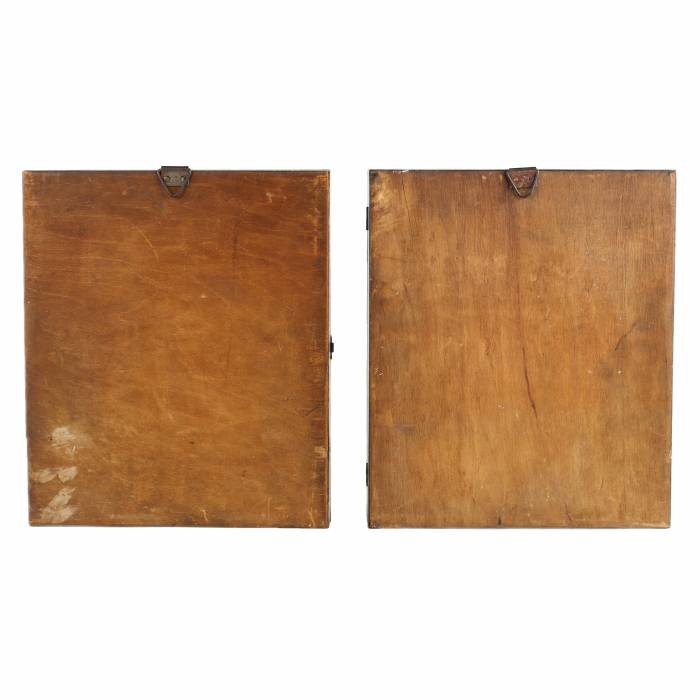

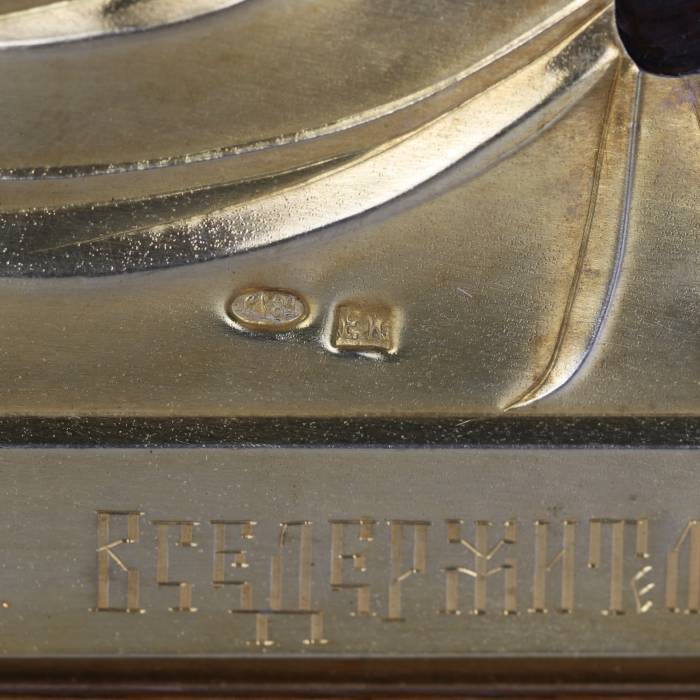
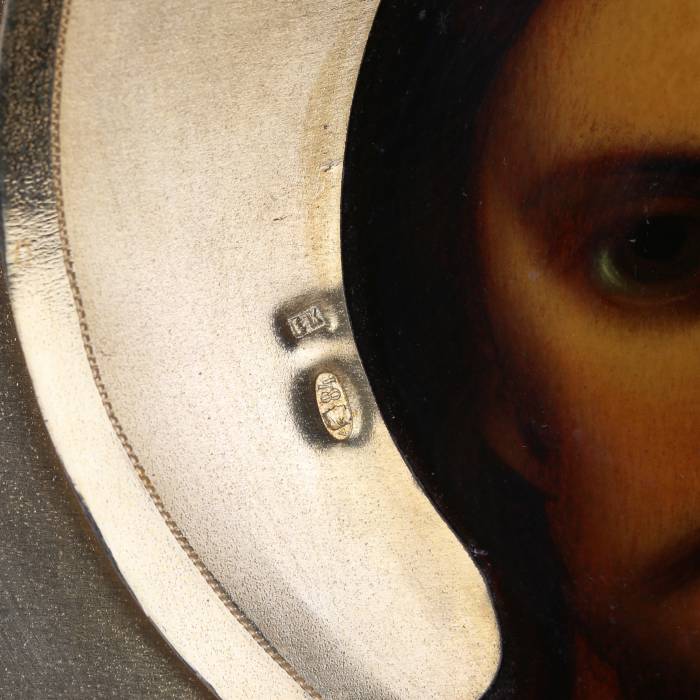
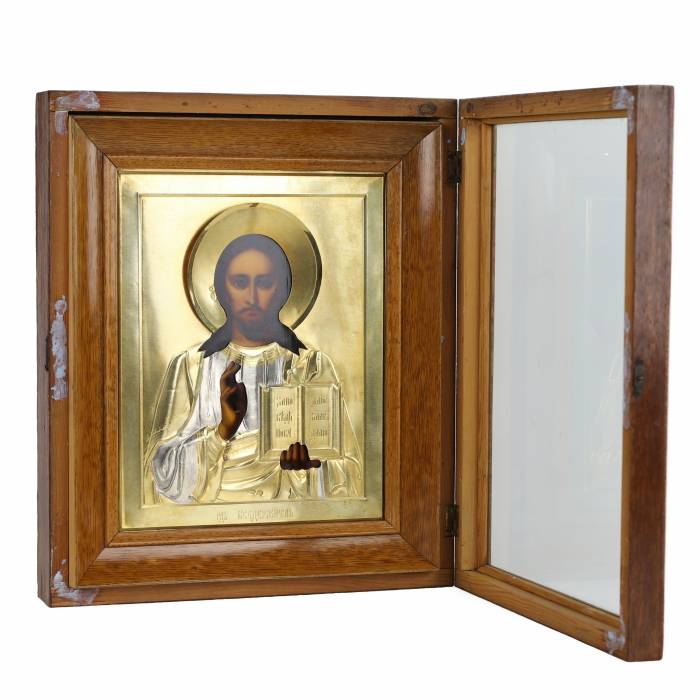
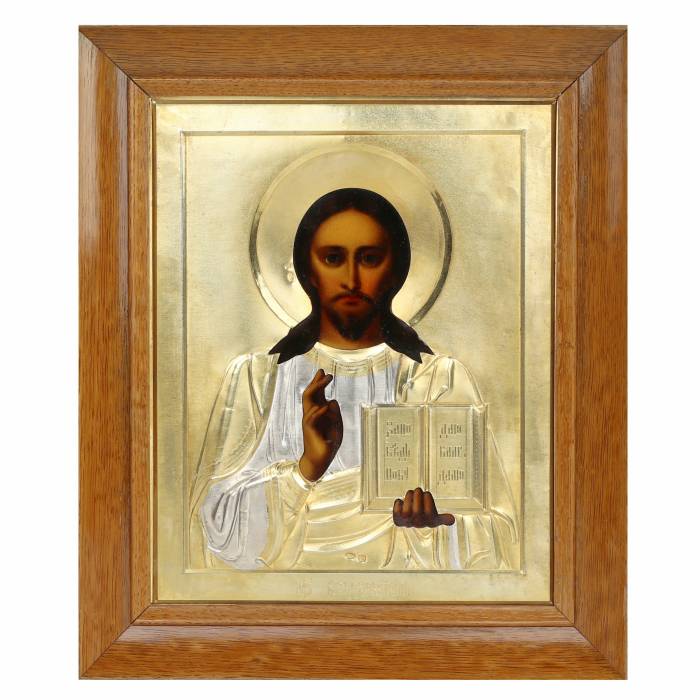
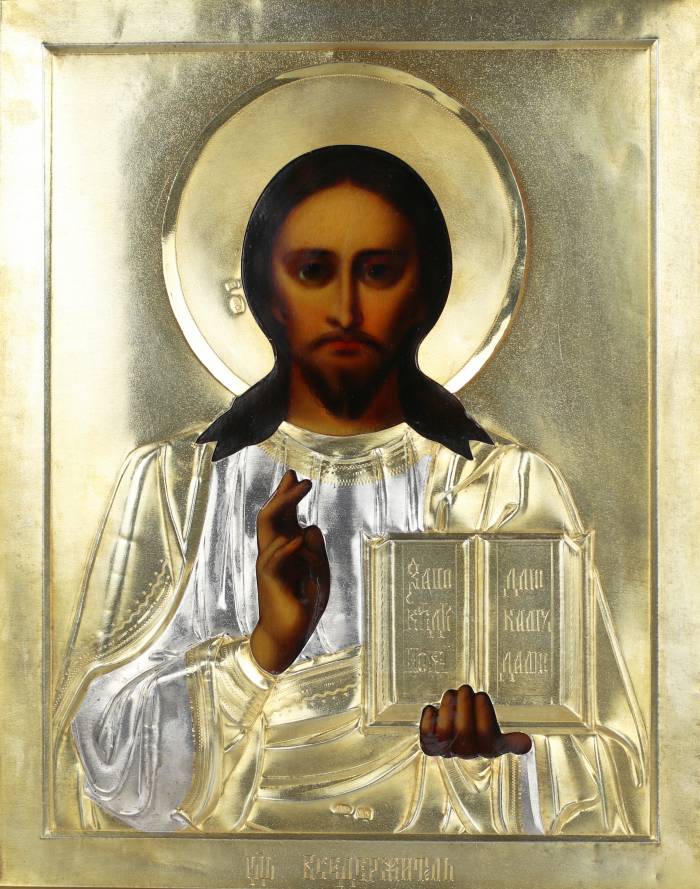

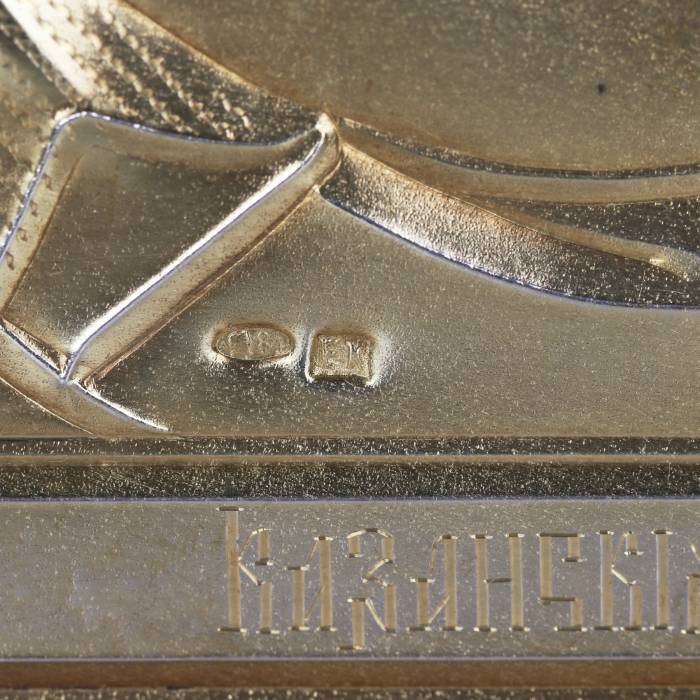
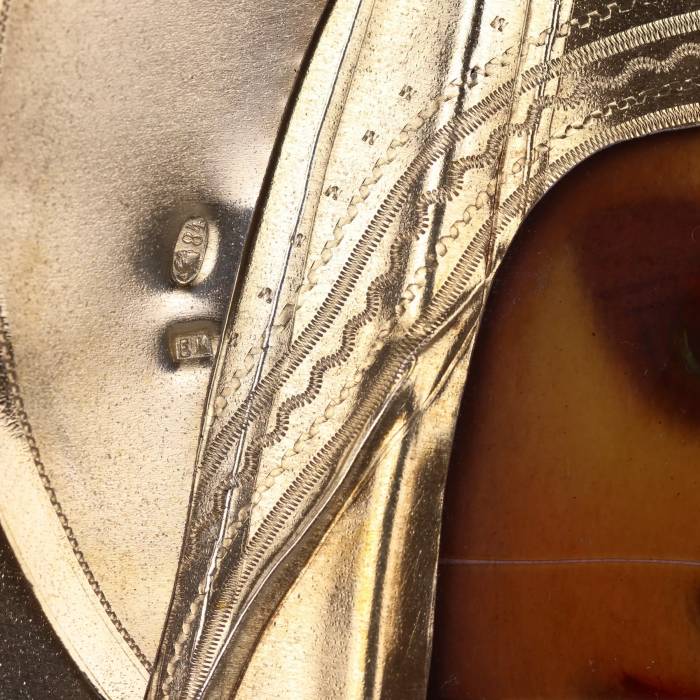
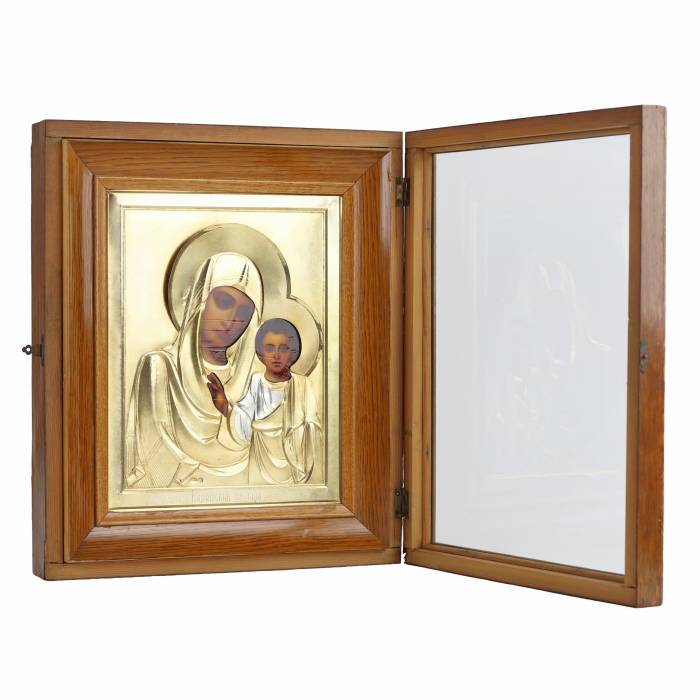
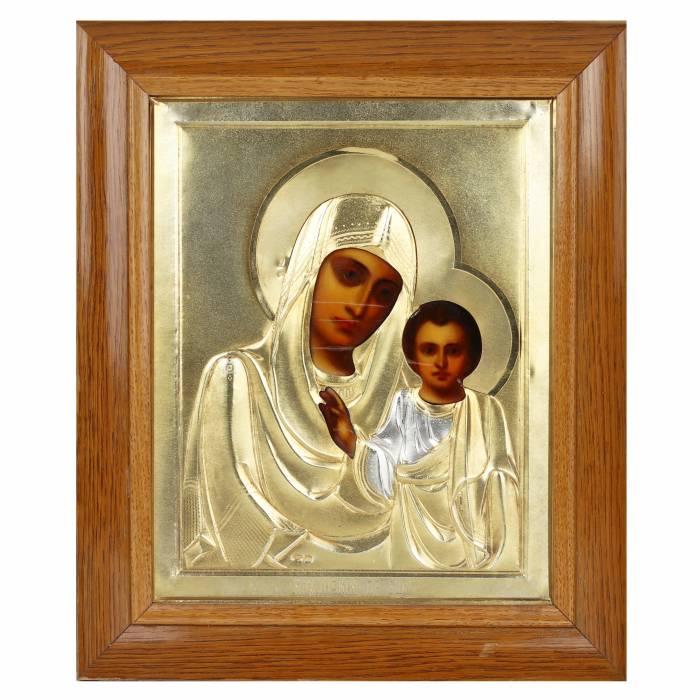
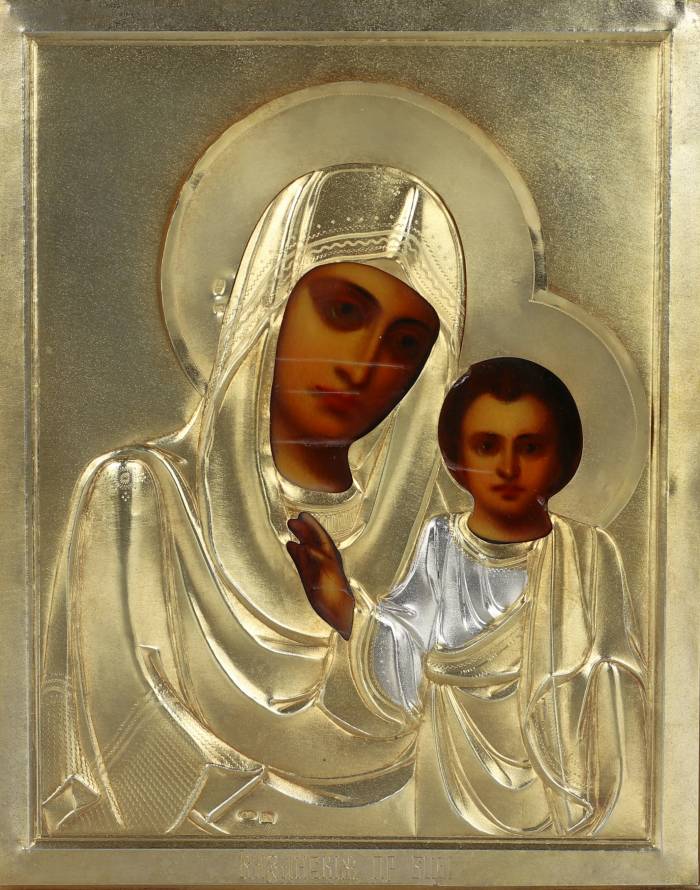















Historical background: Kuznetsov Yemelyan Alekseevich is the owner of a silverware factory founded in 1886. According to data from 1897, the company produced silver icon frames worth about 5 thousand rubles. The production involved 13 male workers, 6 teenagers and 6 boys learning the craft. The icon cases of his workshop were distinguished by the high quality of their chasing and the sophistication of their gilded decor.
A wedding pair of icons: a symbol of blessing and spiritual unity
A wedding pair is a special composition consisting of two icons: the Savior and the Holy Mother of God, executed in the same style and manner of painting. These icons are used during the sacrament of marriage and are an integral part of the Orthodox wedding tradition. During the ceremony, the priest blesses the groom with the image of Christ, and the bride with the icon of the Mother of God, thereby symbolizing their spiritual patronage. Wedding icons are presented to the newlyweds by their parents: the icon of the Savior is given to the son, and the image of the Mother of God to the daughter. This gesture is not only a blessing, but also a guarantee of the preservation of family values and traditions. After the wedding ceremony, the icons are placed in the red corner of the house, becoming the basis of the home iconostasis and holding the blessing for a long and happy married life. According to an old custom, wedding icons are passed down from generation to generation, being a priceless family heirloom.


















